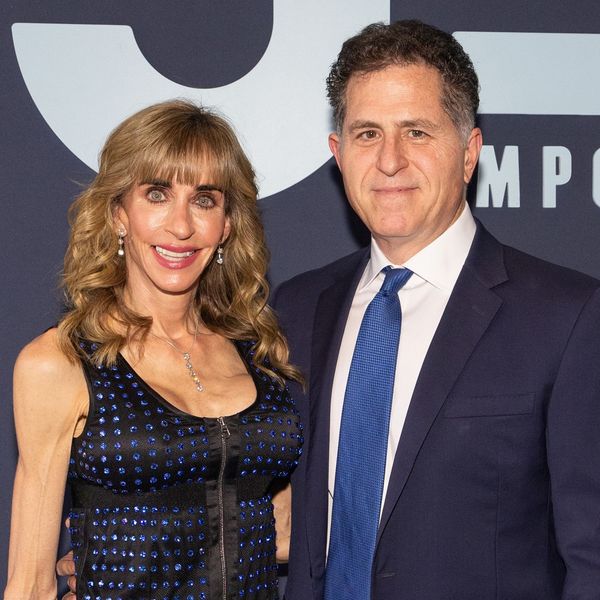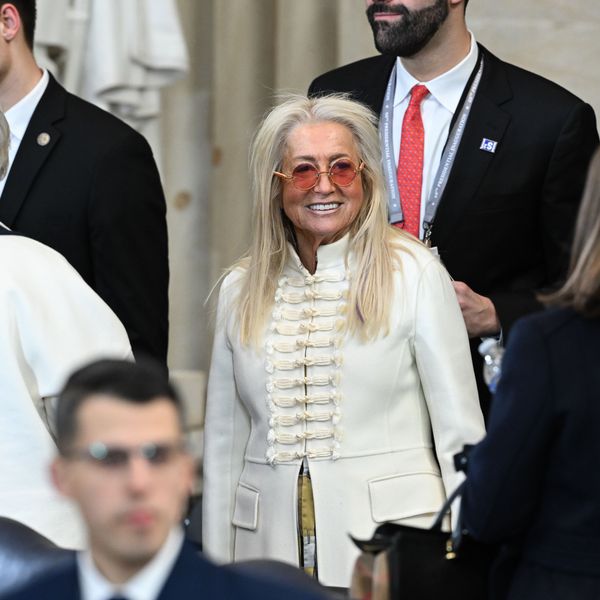Robert J. Shiller, Professor of Economics and Finance at Yale recently weighed in with his perspective on subsidizing charity with a New York Times column whose title clearly conveys his message: "Please Don't Mess With the Charitable Deduction."
There is a case to be made for charitable deductions. Regrettably, this isn't it.
Shiller offers three arguments.
First, giving is a fundamental part of who we are. He cites anthropological research by Marcel Mauss and Karl Polanyi that contends reciprocal gift giving "has pervaded healthy human society from its Neolithic beginnings." And he points to recent brain imaging research revealing, "reciprocity is supported by fundamental structures in the brain."
But Shiller misreads this evidence and its implications. Reciprocity is the key word. Polanyi and Mauss, and more recently, Lewis Hyde have argued that socially obligatory gift giving was the glue that held many societies together. It was the material expression of cohesive relationships.
This year individuals will give about $30 billion to help the poor. Government will give close to 100 times more.
Polanyi and Hyde made clear that market economies have undermined the concept of reciprocity, made relationships more impersonal, severely injured the culture of sharing and caused grievous social harm. In a review of Hyde's 1983 book, The Gift, Detroit librarian JoAnn Schwartz notes the fundamental difference between a market economy and a gift economy. "In a market economy, one can hoard one's goods without losing wealth. Indeed, wealth is increased by hoarding--- although we generally call it 'saving'. In contrast, in a gift economy, wealth is decreased by hoarding, for it is the circulation of the gift(s) within the community that leads to increase--- increase in connections, increase in relationship strength."
Our declining sense of reciprocity is not an argument for subsidizing charity but for reducing the dominance of market thinking. Not surprisingly, Professor Shiller does not pursue this argument.
Why do we give? Undoubtedly there is an element of compulsion. What will my granddaughters think if there is no gift from pop under the Christmas tree? But as Arthur Brooks of the American Enterprise Institute has noted there is another and possibly more powerful reason for giving. It makes us feel good. Sharing makes us happy. "A number of studies have concluded that giving affects our brain chemistry," he observes. "People who give often report feelings of euphoria, which psychologists have referred to as the "Helper's High."
If we give because our brains are hard wired to give or because we are happier when we share, then why subsidize giving? After all, the National Retail Federation estimates this Christmas season we will spend $545 billion on gifts, almost three times as much as we will give to charitable causes, without any tax breaks for doing so.
Indeed, a tax deduction does not appear the determining reason the vast majority of people give to charitable causes nor would a reduction in the subsidy significantly reduce the amount given to charity. Overall, about 40 percent of contributions are not tax deductible. Only about a third of people who file tax returns itemize their deductions. Even among households earning over $120,000 per year, about 60 percent do not itemize their deductions.
A 2006 survey by the Bank of America found that over half of high-net-worth donors said their giving would stay the same, or even increase if the tax deduction for charitable gifts fell to zero. Jack Shakely who ran the California Community Foundation for 25 years noted in L.A. Times that while the top tax bracket for individuals has plummeted from 70 percent in 1980 to 35 percent today charitable donations have remained almost constant, hovering between 1.7 percent and 1.95 percent of personal income per year.
Arguably those that give the biggest contributions do so primarily for non-monetary reasons. As author Judith Warner wrote in the New York Times, giving by the 1 percent "was mostly directed to other causes--cultural institutions, for example, or their alma maters--which often came with the not-inconsequential payoff of enhancing the donor's status among his or her peers." Having a building or scholarship program named after you may be worth much more than a tax deduction.
Shiller's second argument is simply preposterous. "Undoubtedly, charitable giving can substitute for a good part of the things that the government would otherwise be doing itself, a factor that is rarely intruded into budget calculations," he writes.
In its original definition, charity meant helping the needy. This year individuals will give about $30 billion to help the poor. Government will give close to 100 times more. Indeed, voluntary giving can't even keep up with government cutbacks let alone substitute for government spending. The Food Bank for New York City, for example, has been forced to deliver 11 million fewer meals this year because of cuts government spending.
For those who give the most, those that have the least are rarely the recipients. One recent analysis found that of the individual donations of $1 million or more made in New York State so far this year, little has gone to enriching the lives of the less fortunate.
Of the top five donations, totaling $190 million, one was made to Columbia University's business school, another to the Metropolitan Museum of Art. Third on the list is Joshua P. Rechnitz's $40 million contribution to the Brooklyn Bridge Park Corporation, made specifically for the purpose of building an indoor cycling track.
Much of the giving by the very wealthy is done through foundations. Foundations account for about 13 percent of all giving, about $40 billion a year. Foundations may help the needy but they rarely advocate for them. "At a time when America is having a debate about the social contract, philanthropy is silent," Emmett D. Carson, president of the Silicon Valley Community Foundation recently told the New York Times. "We are silent about the depths of the problems of homelessness, joblessness, foreclosure, hunger, and people are starting to believe that philanthropy is irrelevant to the core needs of their communities."
There is one sector in which Shiller's argument does hold true: religion. Voluntary contributions are the key to churches' existence. Nationally, 32 percent of charity goes to churches. But this is not a sector where we should, or constitutionally can, provide significant government support. In any event, the majority, possibly the vast majority of those contributing to churches don't even make use of a tax deduction. Moreover, we should be clear that a contribution to a church is not a contribution to the needy. Virtually all religious contributions are spent to sustain and expand the institution. Little goes to the poor. A 2000 study by Independent Sector reported that only 11 percent or church revenue was given in direct assistance to individuals. Another estimate put the proportion of revenues the Mormon Church spends to help the poor and needy at less than 1 percent.
There is one other sector largely dependent on charity: the arts. Federal and state governments spend only a little more than $2 billion on the arts while charitable contributions to this sector may total $40 billion this year. One could make the argument that individual giving to the arts is superior to government giving because it results in a more diversified sector that responds to local tastes. On the other hand, the dependence of an increasingly desperate arts sector on individual giving may argue less for an increased tax deduction than for increased government spending. (The German government, for example, spends about 15 times more than U.S. governments on the arts and culture.) And public spending is more efficient. Of the $40 billion in charity given to the arts this year, we lose about $12 billion that would otherwise be used to bolster the public sector.
Shiller's final argument in favor of subsidies for charity may be his strongest but also his oddest. "Unfortunately, there is good reason to suspect that American income inequality will grow further in coming years," in maintains. "Preserving and strengthening the charitable deduction will help thwart the resentment and social unrest caused by that inequality, while reinforcing generosity as a national value."
Does Professor Shiller really want to go there? It smacks of the advice Ivy Lee gave to John D. Rockefeller after the massacre of men, women and children in Ludlow, Colorado by a company owned by Rockefeller led to a nationwide uproar. Rockefeller had by that time amassed more wealth in real dollars than that of Bill Gates, Warren Buffett and the Walton family combined. Rockefeller hired Ivy Lee, a pioneering public relations man, to repair his reputation. Lee suggested he hand out millions of shiny silver dimes. Which for years he did. And indeed, it helped do the job.
I would have hoped Professor Shiller would have argued for policies that would reduce income inequality rather than argue for policies that would subsidize giving by the richest of us all as a way to reduce our resentment toward them.
This season, please accept this free New Year's gift from our friends at On The Commons, a digital copy of the new book, Celebrating the Commons (pdf). Enjoy it, share it, and happy holidays.



